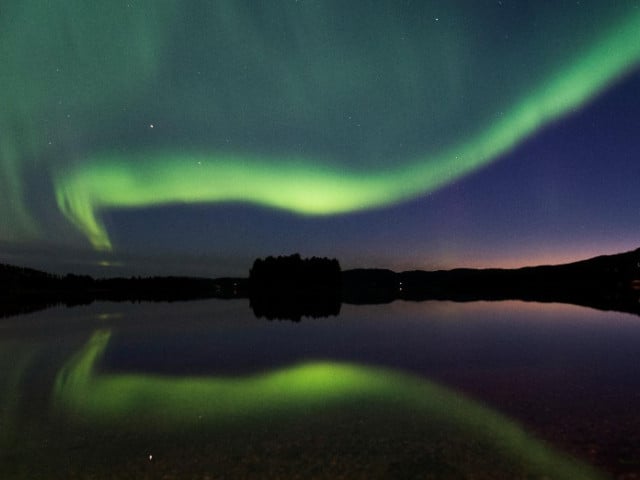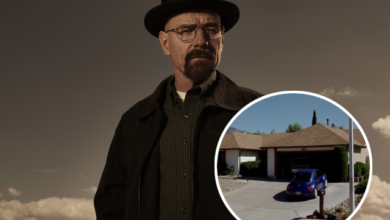Forecasters at the National Oceanic and Atmospheric Administration (NOAA) Space Weather Prediction Center have indicated that geomagnetic storms might allow some parts of the U.S. to welcome the new year under the northern lights.
The northern lights, also known as the aurora borealis, are typically seen in regions within 1,550 miles of the North Pole. While they are a regular occurrence in Alaska, their appearance in other areas of the U.S. is quite rare.
Earlier this year, geomagnetic storms enabled the aurora to be visible in unexpected locations across the contiguous U.S., including sightings as far south as Florida.
According to a NOAA forecast, “a G3 (Strong) geomagnetic storm watch is in effect for 31 Dec, with a G1 (Minor) watch for 1 Jan,” due to a predicted “pair of Earth-directed coronal mass ejections (CME).”
The forecast explains, “We will not know the true potential of geomagnetic disturbance levels of response until the CME(s) arrive 1 million miles from Earth (when they will be about 30-60 minutes from reaching our planet) and their structure and intensity can be measured by our solar wind observatories – NOAA DSCOVR and NASA ACE spacecraft.”
It adds, “Also, neither CME is expected to be a direct hit, which also makes forecast of intensity more difficult.”
NOAA predicts that the northern lights could be visible on New Year’s Eve across a smaller area of the U.S. compared to earlier in the year. However, residents in states along the Canadian border may have a chance to see the display.
Forecast maps released by the Space Weather Prediction Center highlight parts of over a dozen northern states with a low-to-medium chance of being within the “aurora viewline” between December 30 and New Year’s Day.
While there is no certainty that the aurora will be visible in any of the lower 48 states during New Year’s, potential sightings might occur in parts of the following states: Washington, Idaho, Montana, Wyoming, North Dakota, South Dakota, Wisconsin, Minnesota, Iowa, Illinois, Michigan, New York, Vermont, New Hampshire, and Maine.







